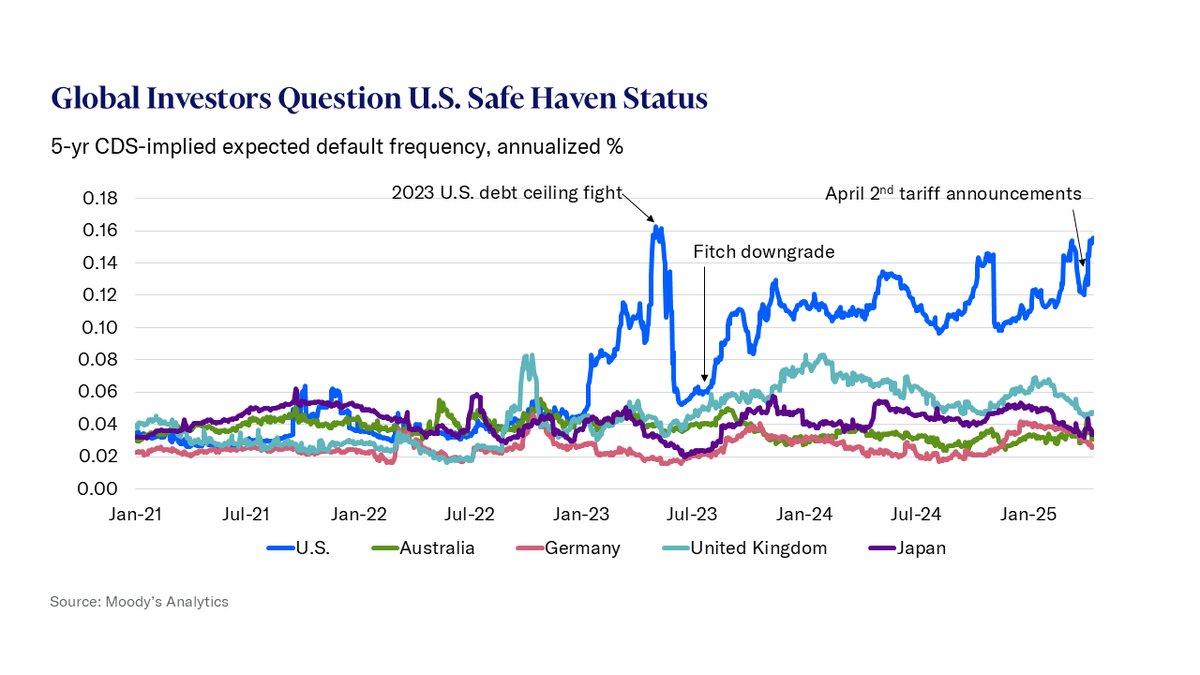My previous post argued that the economy is on the precipice of recession. How will we know if we are in one? Historically, it's not clear-cut until well after the fact. The pandemic was one time that it was. Even then, there were deniers claiming that the recession calls were politically motivated.
A group of academics at the NBER is the arbiter of when recessions begin and end. While they look at a plethora of data to make this determination, most importantly, far and away, is payroll employment. If employment declines for more than a month consecutively, we are in a downturn.
Payroll employment hasn’t declined yet this time around, but it has barely grown since May. And given that the recent revisions to the jobs numbers have been consistently lower, much lower, it wouldn’t be surprising if we learn with the coming revisions that employment is already declining.
Also telling is that employment is declining in many industries. In the past, if more than half the ≈400 industries in the payroll survey were shedding jobs, we were in a recession. In July, over 53% of industries were cutting jobs, and only healthcare was adding meaningfully to payrolls.
Of course, the unemployment rate has only edged up a bit and is still low. But, unemployment is a lagging indicator and given that the labor force has gone sideways this year as the number of foreign-born workers is declining, unemployment will be a particularly poor barometer of recession.
Also note that a recession is defined by a persistentdecline in jobs – the decline lasts for at least a few months. We aren’t there yet, and we are thus not in recession. Things could still turn around if the economic policies weighing on the economy soon lift. But that looks increasingly unlikely.
• • •
Missing some Tweet in this thread? You can try to
force a refresh







